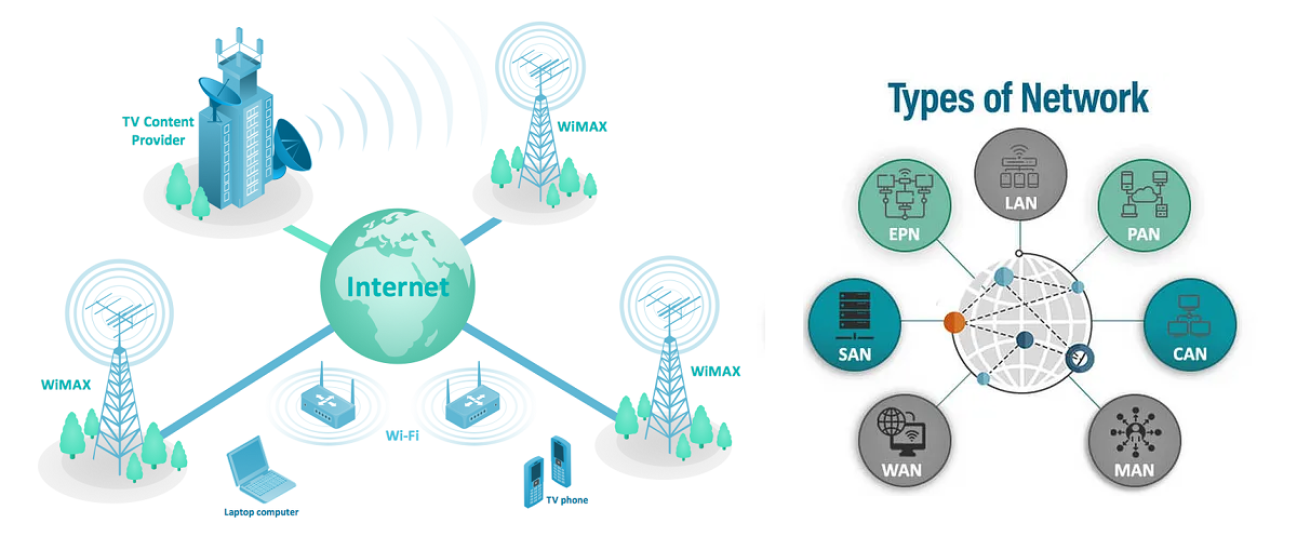
Telecommunication and Networking.
Telecommunication and networking are at the heart of global communication systems, playing a crucial role in connecting individuals, businesses, and governments around the world. As technological advancements continue to reshape the landscape, these two fields have become even more essential, supporting the vast array of communication services and internet-based technologies that we rely on daily.
There are several types of networks, including:
- LAN (Local Area Network): A network that connects computers within a localized area, such as a home, school, or office.
- WAN (Wide Area Network): A network that covers a large geographic area, connecting devices across cities, countries, or even continents. The internet is a prime example of a WAN.
- Wireless Networks: These networks allow devices to connect without physical cables, using radio waves or infrared signals. Wi-Fi is a common example of a wireless network.
The Future of Telecommunication and Networking
As we move forward, both fields will continue to evolve. Emerging trends like the adoption of 5G technology, advancements in fiber optics, and the expansion of IoT networks will shape the future of telecommunications and networking. Additionally, the shift toward cloud-based services and edge computing will create new opportunities for innovation.
Security will remain a top concern as the world becomes more interconnected. Safeguarding communication networks against cyber threats, ensuring data privacy, and maintaining the reliability of these systems will be critical challenges for the future.